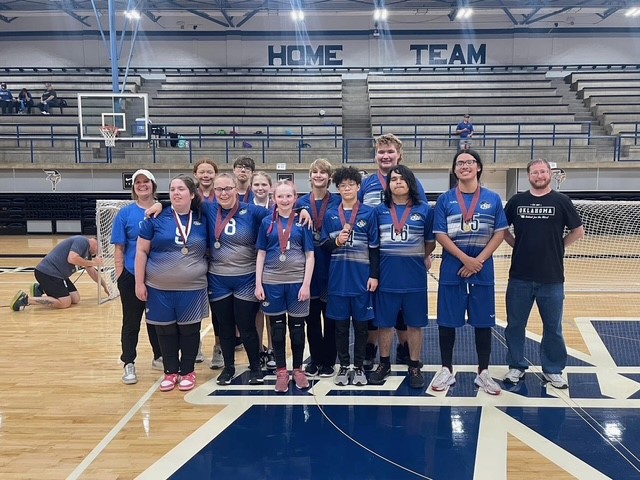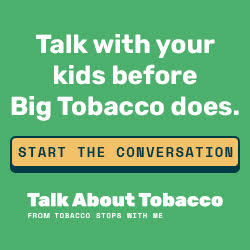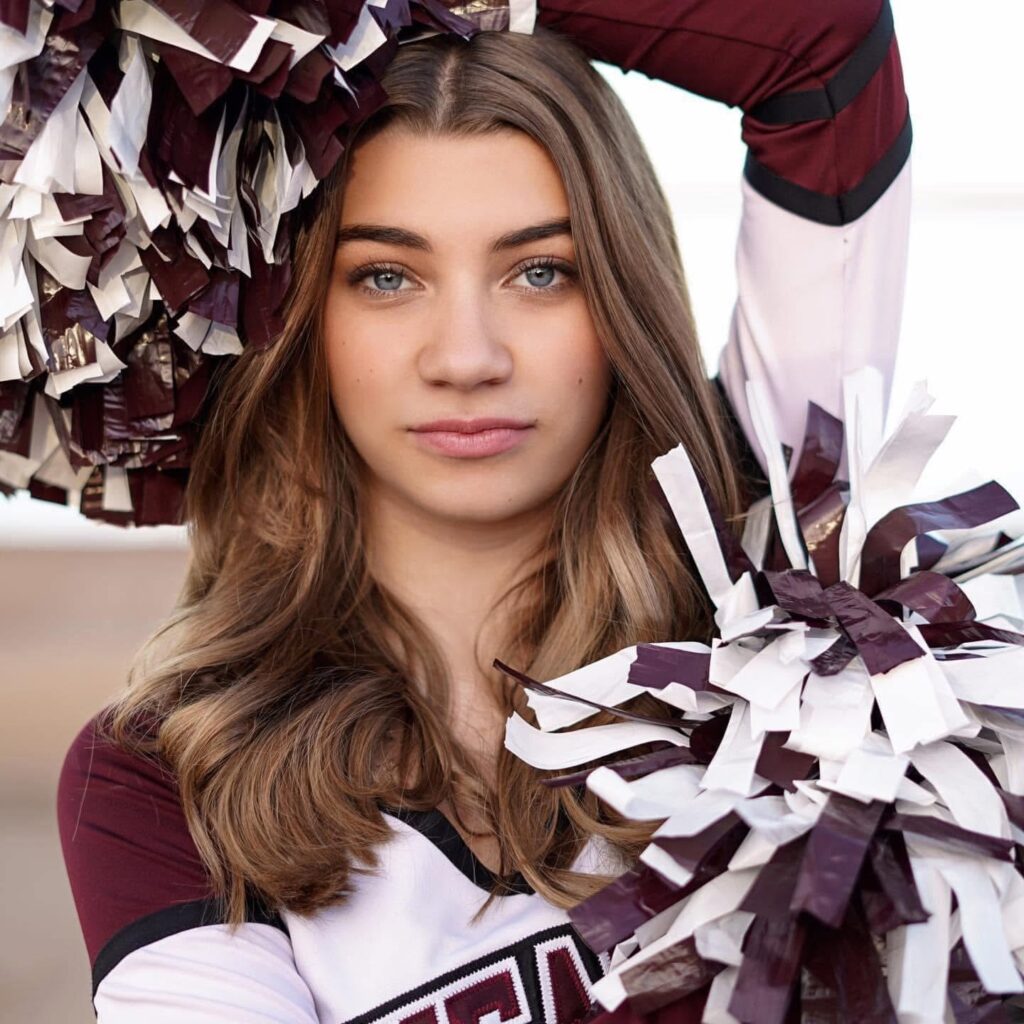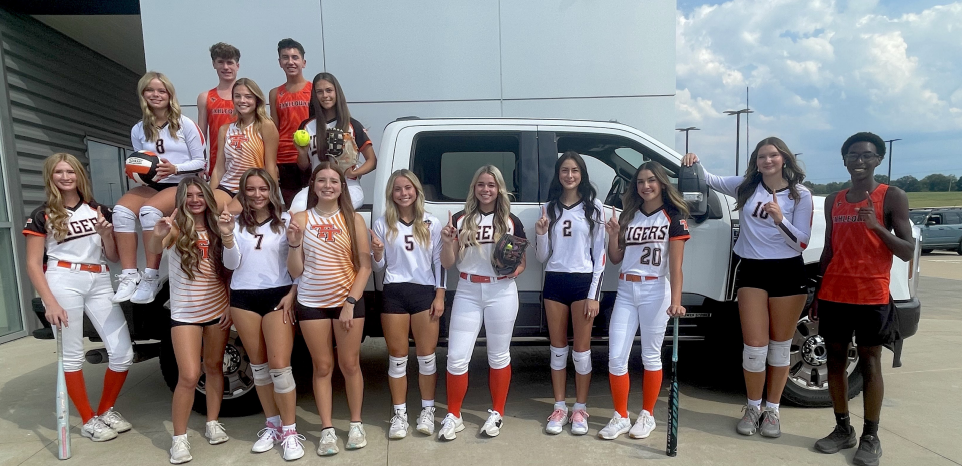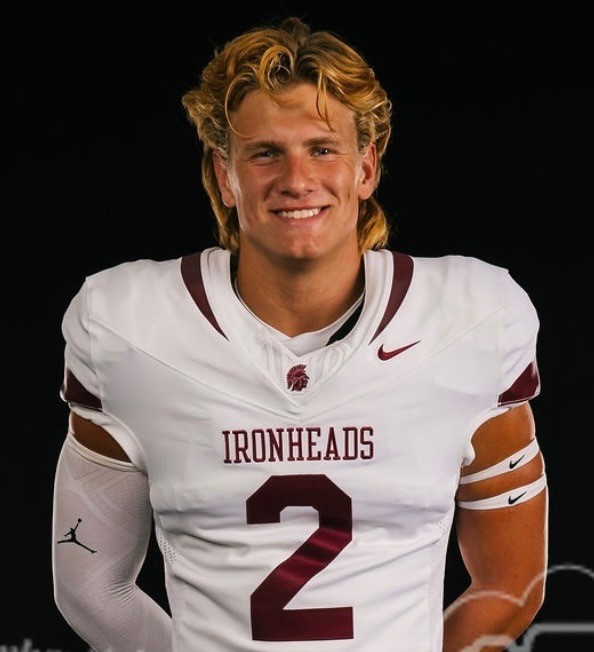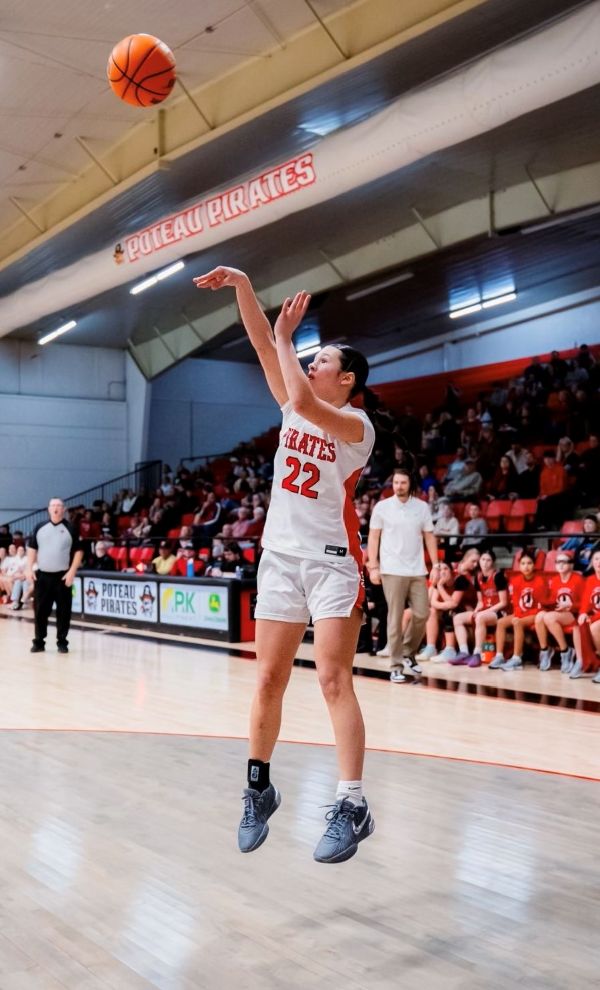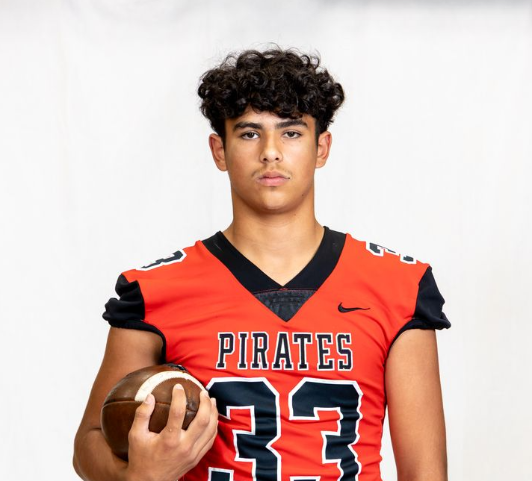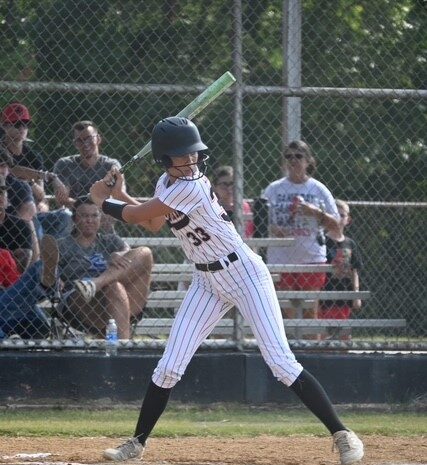
OSB GOALBALL
Unless you’ve happened to tune in to the Paralympics over the years, you might never have come across the sport of goalball. But it’s a sport that’s alive and well at the Oklahoma School for the Blind in Muskogee.
“Goalball came about after World War II as a rehabilitation tool for returning veterans and has been a paralympic sport since 1976,” said OSB instructor Shelby Gamble, now in her third year at the school. “It’s been a part of OSB off and on since at least the 1980’s and I’m working to bring it back.”
Goalball is played on a volleyball-sized court. The ball itself is about the size of a basketball and has bells inside of it so the visually impaired players can hear it and there are goals at either end that extend the width of the court. Three players from each team are on the court at the same time, and all wear tinted eyeshades, so everyone has the same limited visibility. The object is for one team tospeedily roll the ball towards the other team’s goal trying to get it past the players from the other team who are on hands and knees, moving as they hear the ball coming, and then lying flat to block the shot. They then become the attackers and the team with the most goals wins.
“We don’t measure success by wins and losses but by effort and attitude because those are the characteristics that will help these visually impaired kids the rest of their lives,” explained Gamble.
One of the challenges for Gamble has been trying to find opponents.
“I’m trying to get sighted public schools to come and learn our sport so we’ll have some competition and remember, everyone wears eyeshades so the sighted schools would have no real advantage. There are some adult league gold ball teams in the state, and we’ve played some of them.”
Goalball is just another venue like their successful wrestling and music programs that OSB offers to help their students, and Gamble appreciates what these programs provide for young people working to overcome difficulties most of us can’t imagine.
“Success is defined by the way you handle adversity, and I feel our students are a testament to that. They’re just typical high school and middle school kids with all that comes with that but throw in their disability which brings doctors’ appointments and always being bombarded with concerns about their eyesight, and it can make them feel helpless until someone shows them ways to be successful if they’re willing to put in the work. Our motto is success is not final, and failure is not fatal. It’s the courage to continue that counts and our kids embody that.”

